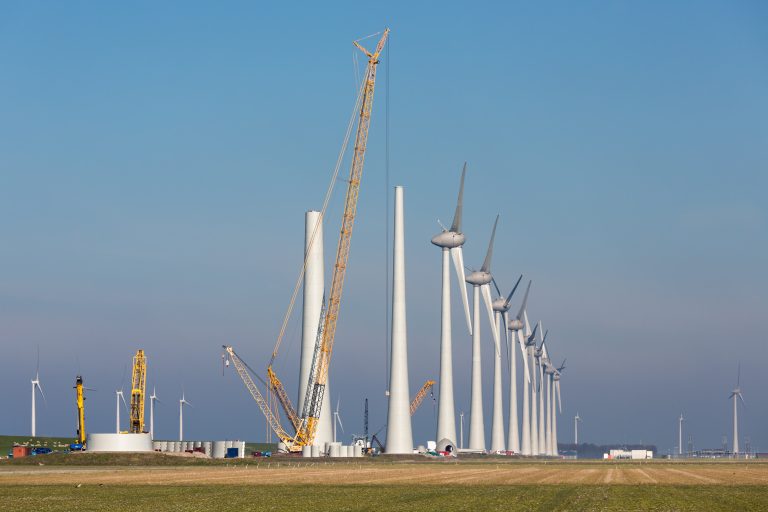The Irony of Recent Climate Protests: A Confirmed Dependence on Oil and Gas
Attempts to damage precious artifacts or disrupt events have become a recent fad among climate activists around the world in the name of climate change. From Vincent van Gogh’s Sunflowers and the U.S. constitution, to interrupting Wimbledon, no artifact or major event is safe from the wrath of these extreme protesters.
The most recent target? Leonardo DaVinci’s Mona Lisa. Just last month at the Louvre in Paris, two climate activists hurled soup at the 521 year-old painting and recited a speech. Their chants called for a healthy and sustainable food system, while—ironically—wasting food. Fortunately, there was bullet-proof glass encasing the painting, preserving this piece of history.
The demonstrators are part of a larger climate-motivated group, Riposte Alimentaire, and were inspired to protest due to France pulling away from its climate commitments and the need for universal healthcare.
Despite the protestors’ best wishes to tarnish a historical relic as an attempt to protest against fossil fuels, oil and gas innovation came in and protected the painting. These protests are not only disruptive, but loaded with irony that negates the desired outcome.
Everywhere we go, and most everything we do on a daily basis, depends on the oil and gas. The vast majority of everyday items are derived from some form and materials that were used to make a “statement” by the protesters were created thanks to oil and gas. From the manufacturing of the can of soup to the confetti thrown at Wimbledon, these protestors have demonstrated that they too are dependent on oil and gas, and that does not seem to be changing anytime soon.



